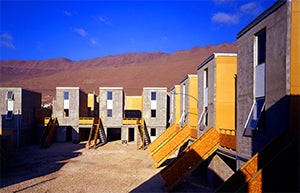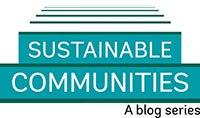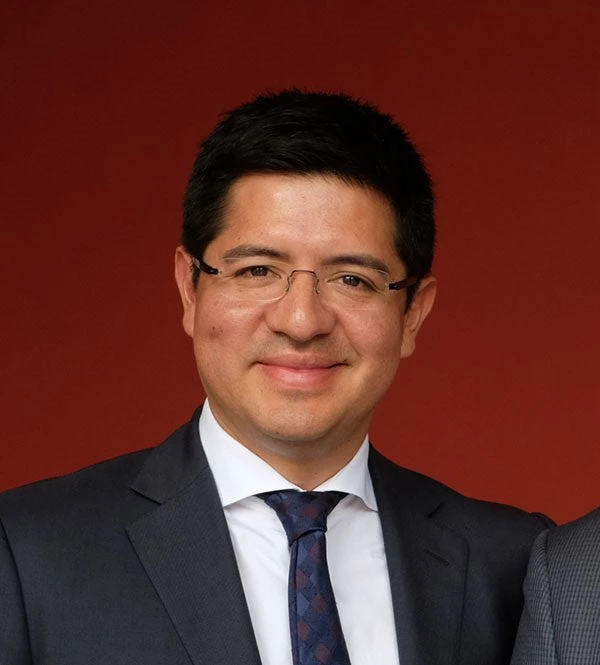
Pritzker Prize winner Alejandro Aravena’s Elemental firm designed the “half a good house”, which includes gaps between the houses for residents to fill according to their own needs.
The problem is that most cities are not prepared to absorb these numbers. The tragic result is chaos, inequality and environmental damage. One clear manifestation of the mismatch between people’s demand for opportunities to prosper and the inability of cities to maximize the benefits of agglomeration while minimizing the costs of congestion is the omnipresence of slums throughout the world. Today, one billion people live in slums; worse still, many of those settlements are in areas highly vulnerable to natural disasters. By 2030, this figure is expected to double.
To absorb this ever-increasing demand for affordable urban housing, would require creating, in effect, a new city capable of housing 1 million people – every week during the next 15 years. Governments are already overwhelmed. The private solution of reducing the size of dwellings and relocating them to the peripheries of cities has produced economic and social segregation, which has become a ticking bomb for unrest.
During the past 12 years, the Chilean architect, Alejandro Aravena, 48, has offered solutions to the global housing crisis that are so creative, speedy, budget-conscious and scalable that he has been awarded the 2016 Pritzker Prize, considered the Nobel for architecture. His work—and the prize—challenge architects to envision innovative buildings not just for businesses and other wealthy clients but for all the people.
Aravena first earned attention with only “half a good house.” In 2003, with a subsidy of around $10,000 per unit, his firm Elemental built a courtyard of tall buildings in the city of Iquique to house some 100 families – terraced with gaps between them to be filled in by residents to fit their changing needs. In 2010, Aravena proved once again that public housing could be built quickly and effectively in the city of Constitución, which had been demolished by a tsunami.
Aravena’s work is ground-breaking in three powerful ways:
- The power of synthesis. In creating public policy, there is nothing worse than coming up with the right answer to the wrong question. To find the right question, Aravena takes into account all the variables in a project, not just the architectural or engineering ones. When authorities proposed relocation, the population of Constitución threatened a hunger strike: returning to the area where they lived trumped their fear of future devastation. Aravena proposed creating a new city of homes, schools and community centers – protected from the sea by a new forest.
- The power of respect. The 100 families Aravena housed in Iquique had occupied an area in the center of the city for 30 years, illegally. By listening to the families, he was able to understand why they preferred to stay in a legally insecure house instead of the formal market alternative that was half the size and located on the periphery of the city. By getting to know their customs, he was also able to find out about their abilities as builders. Thus, when he offered “half a good house,” leaving the remainder up to the occupants to complete over time in line with their specific needs and financial situations, they accepted. That solution soon proved to be successful. Some families expanded their dwellings, while others decided to build additional floors to provide their properties with additional economic uses.
- The power of coordination. At the outset of the Constitución project, Avarana discovered that three different ministries of the Chilean Government had funding for related projects in the city with a combined budget that exceeded the money needed to build the forest. The combination of his idea and community support made it easy for Aravena to convince the ministries to channel their funds to his project.



Join the Conversation